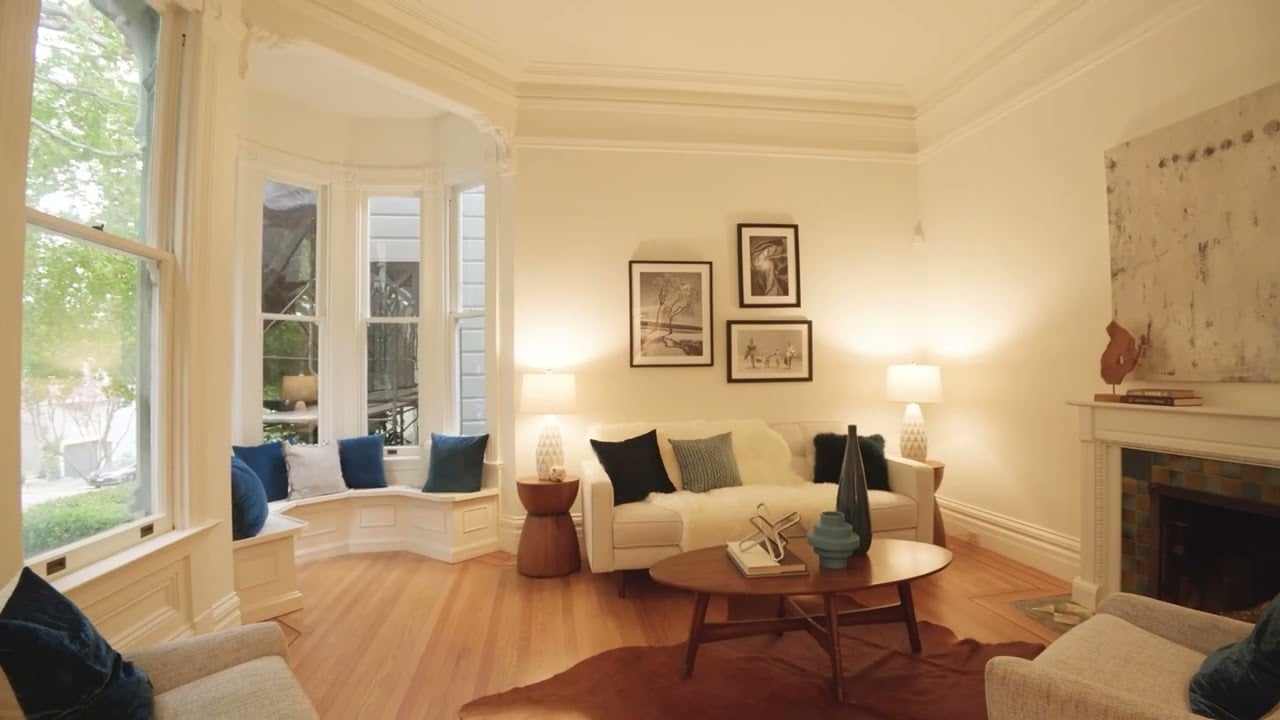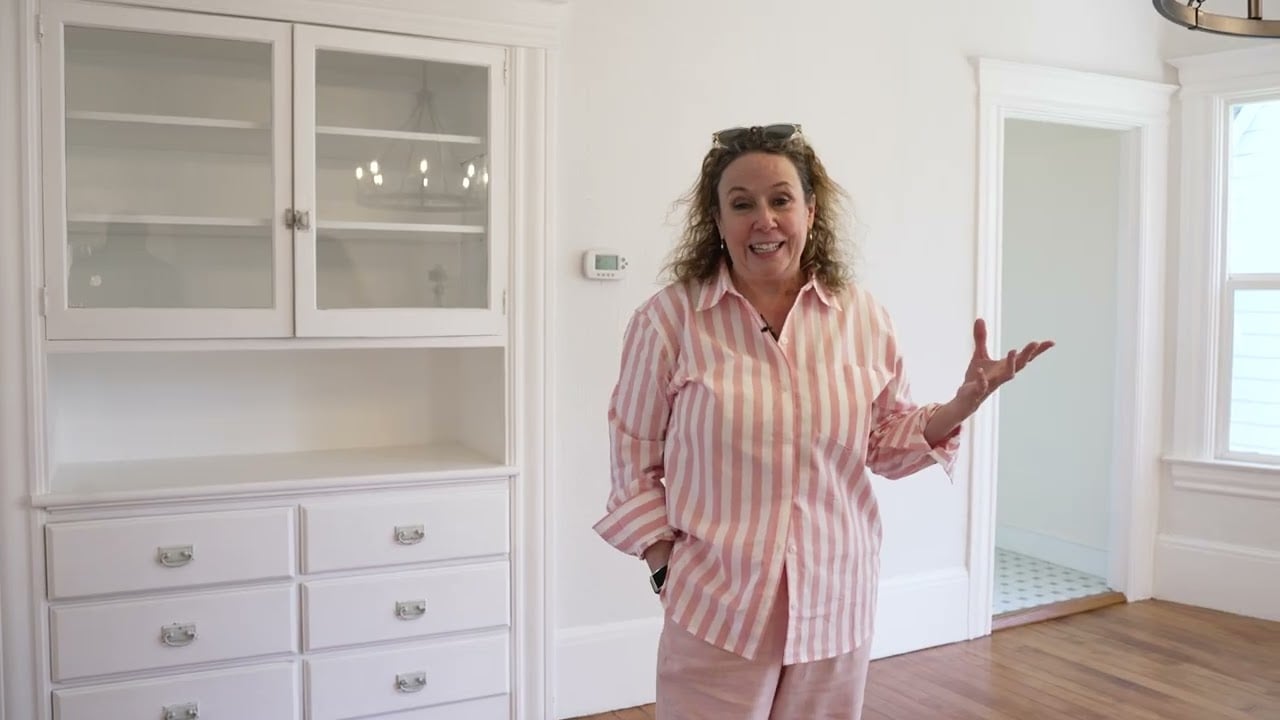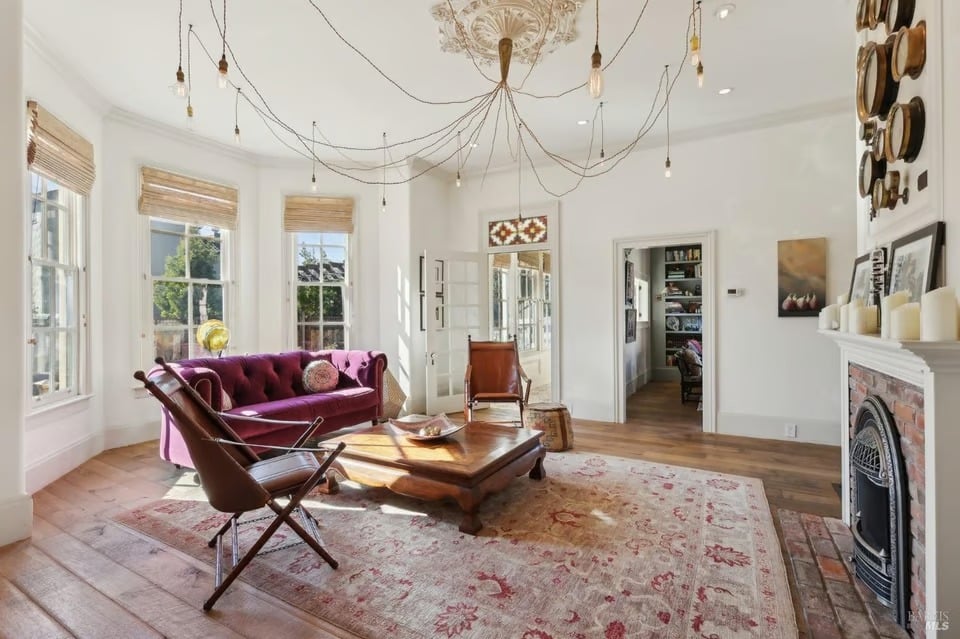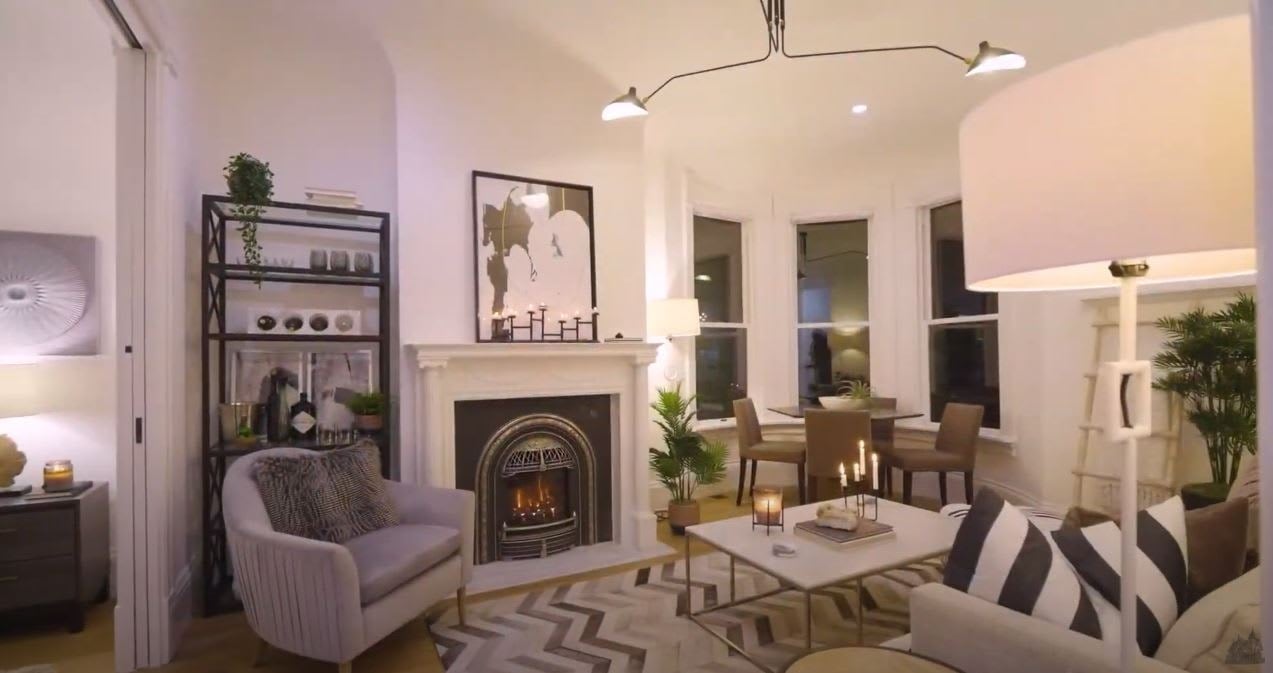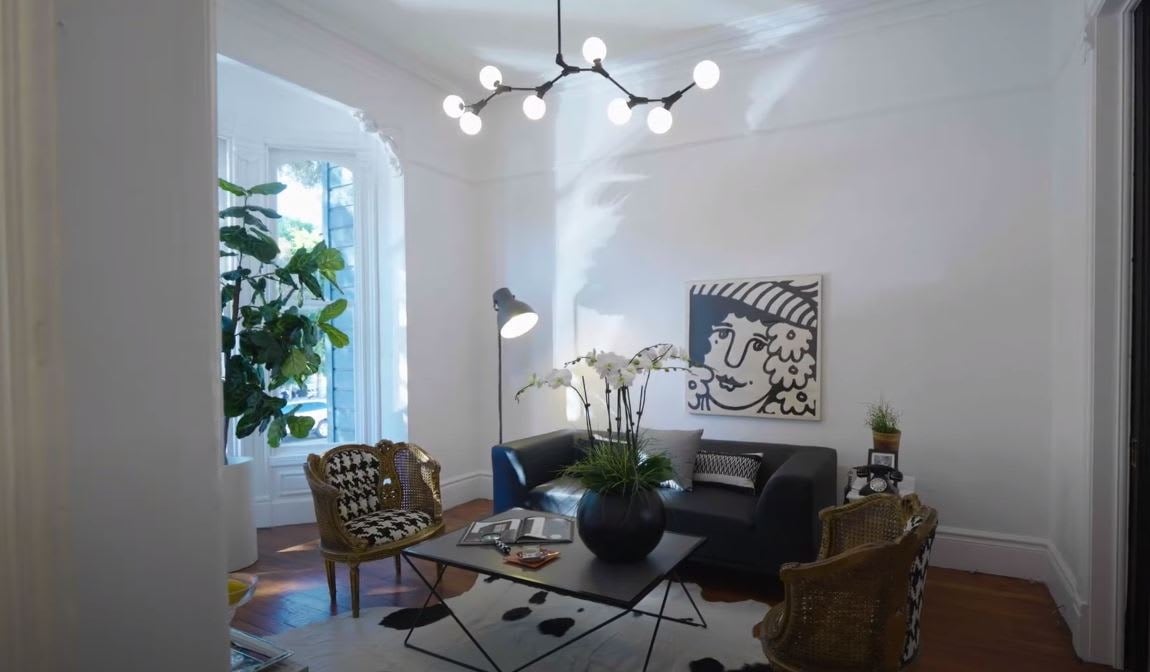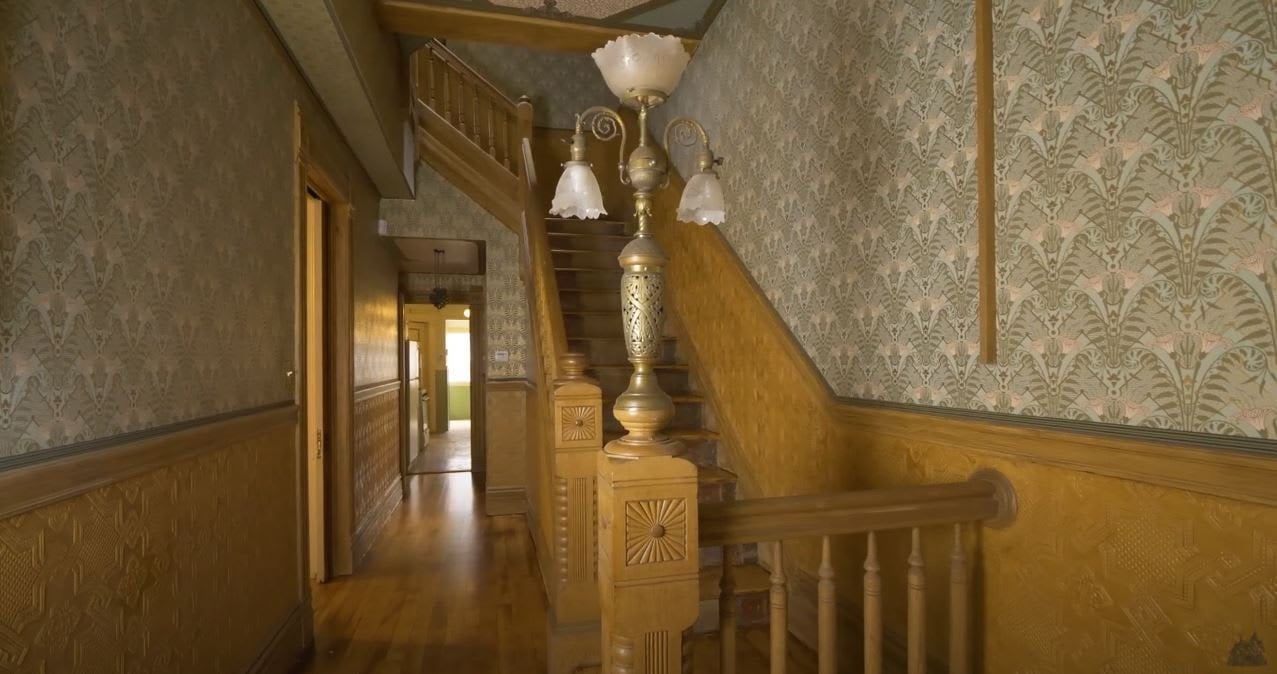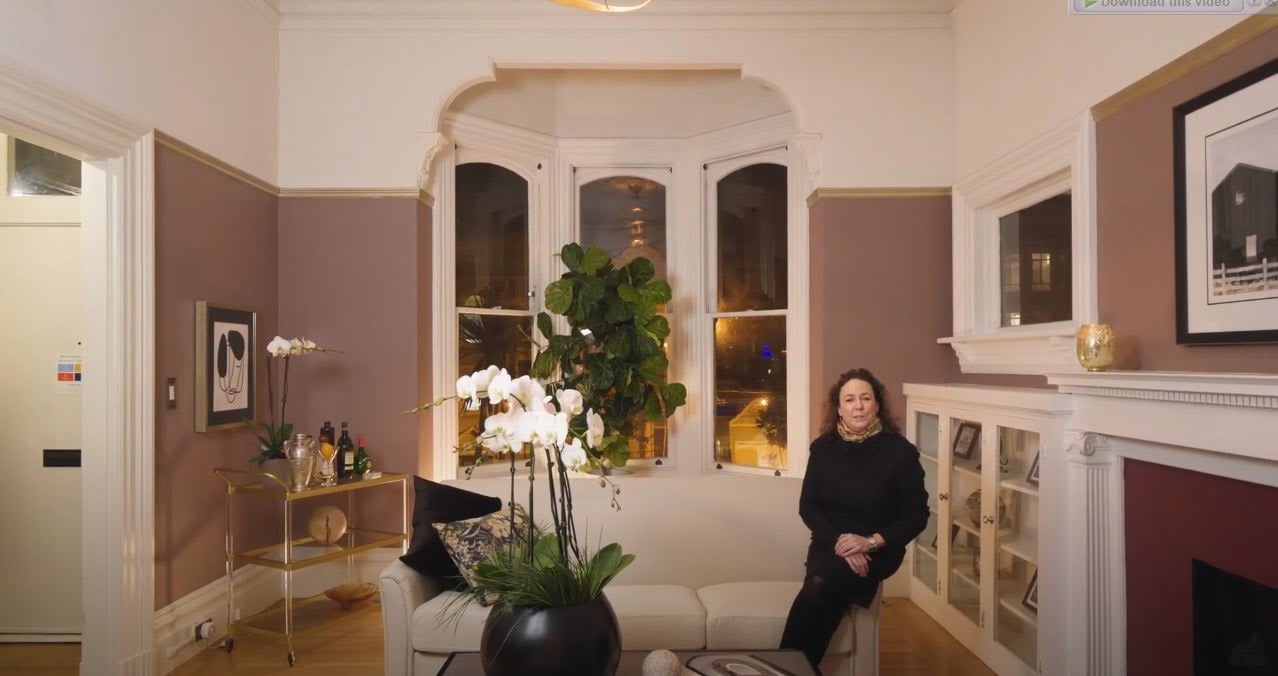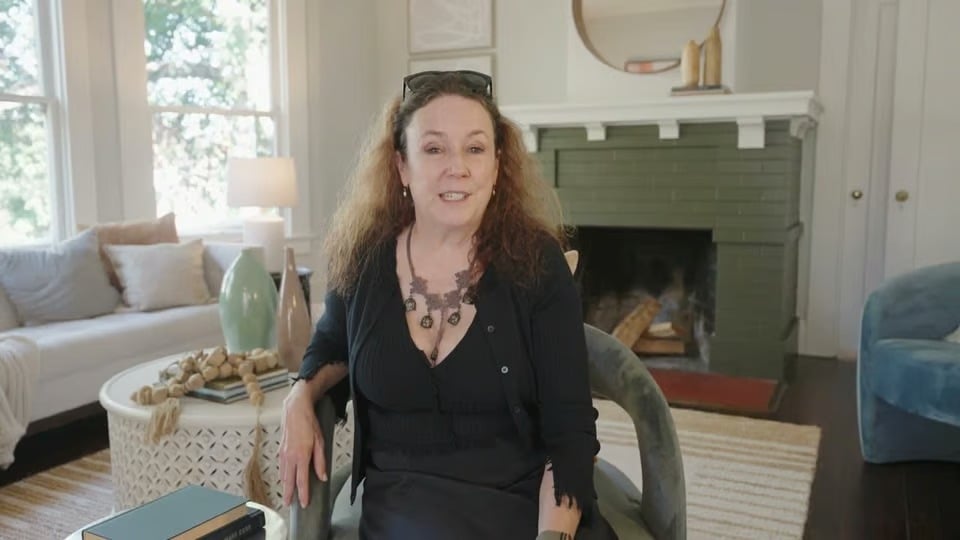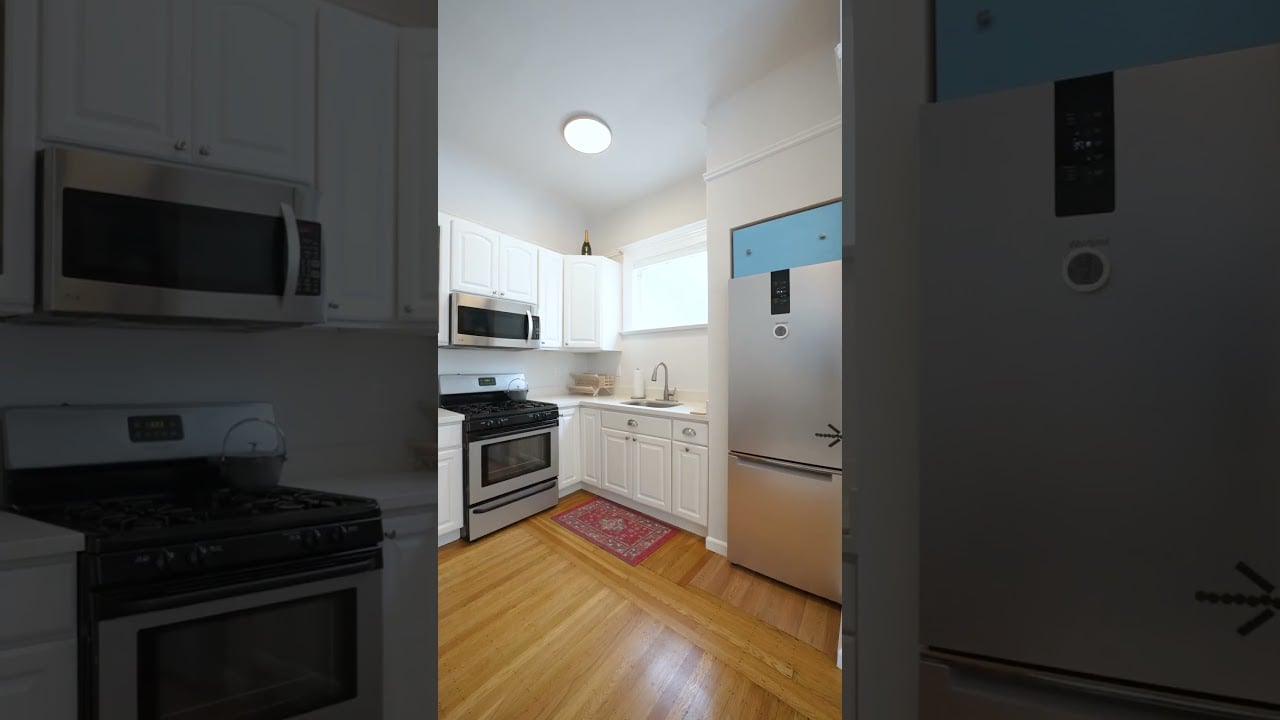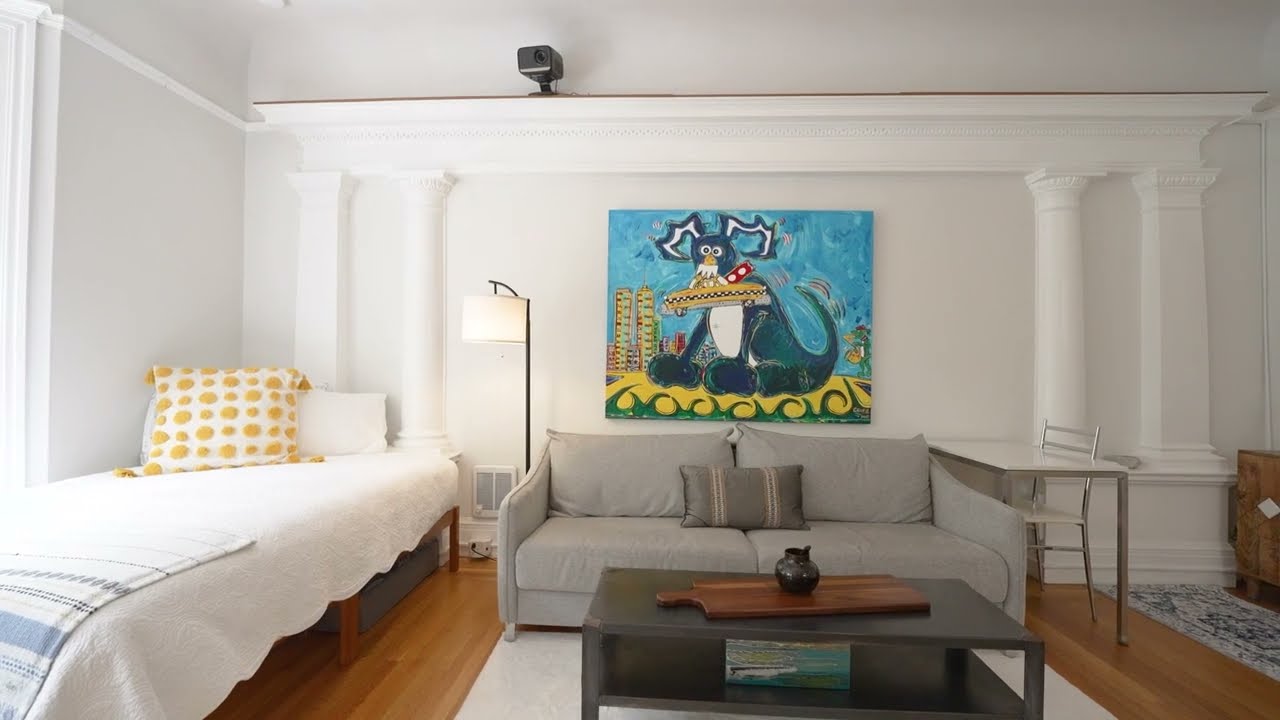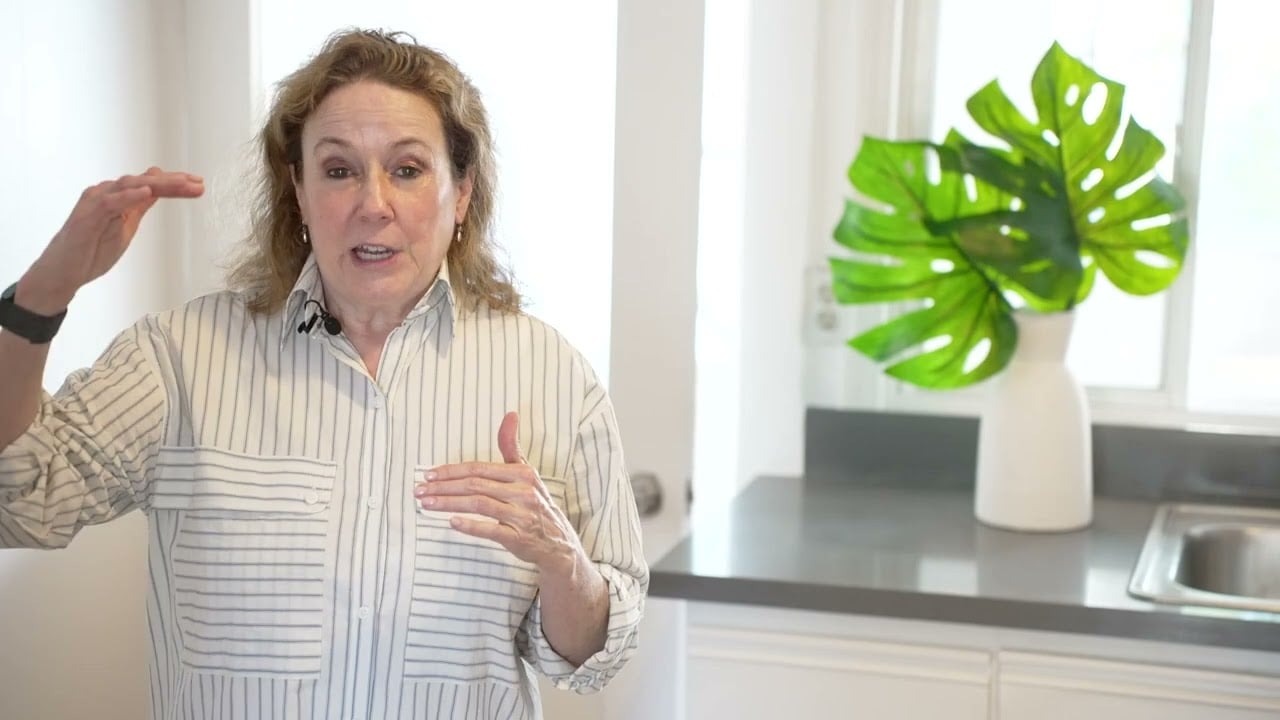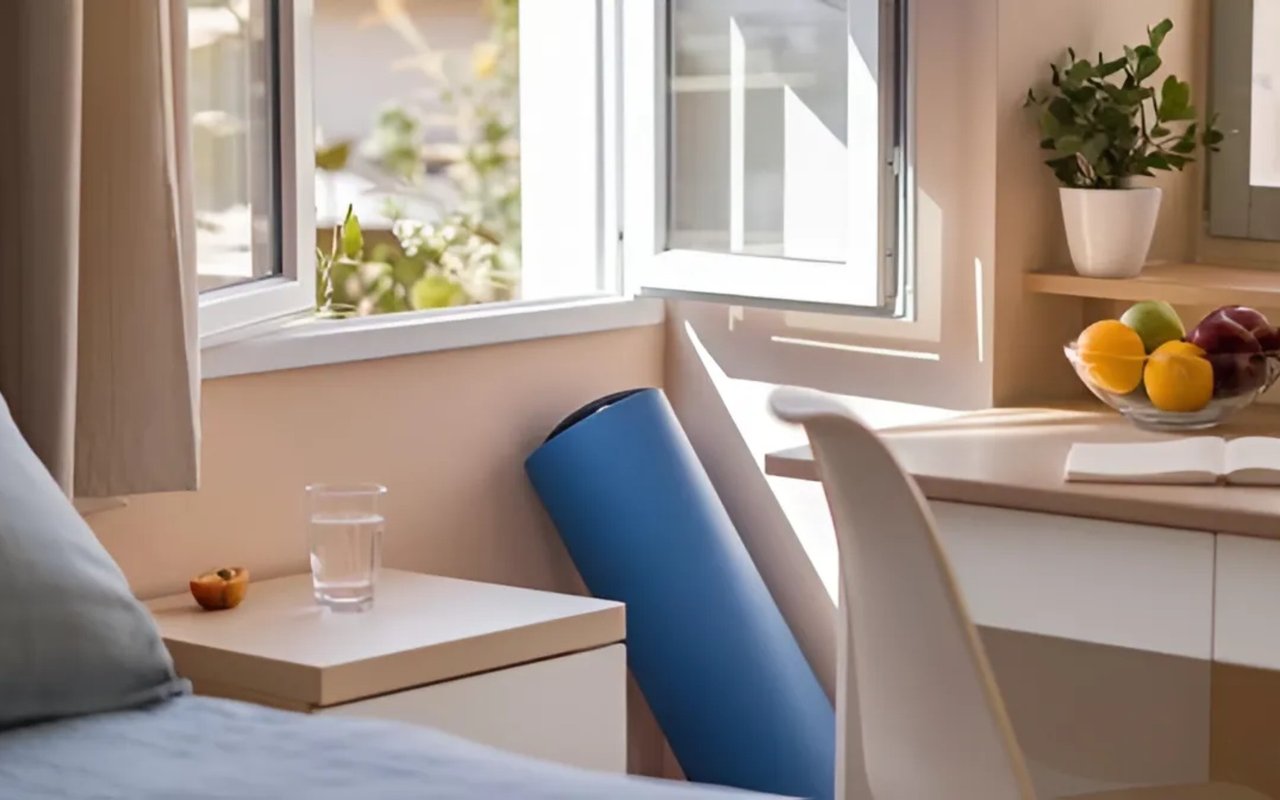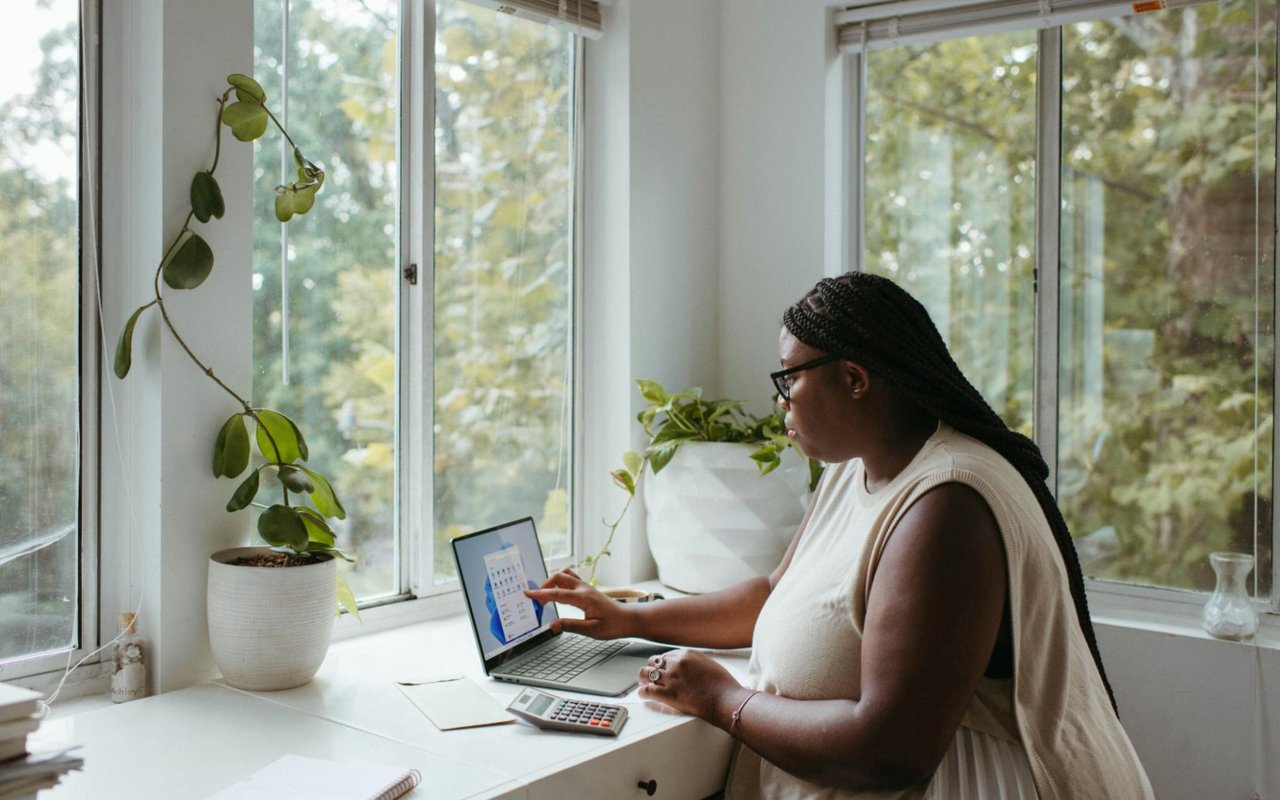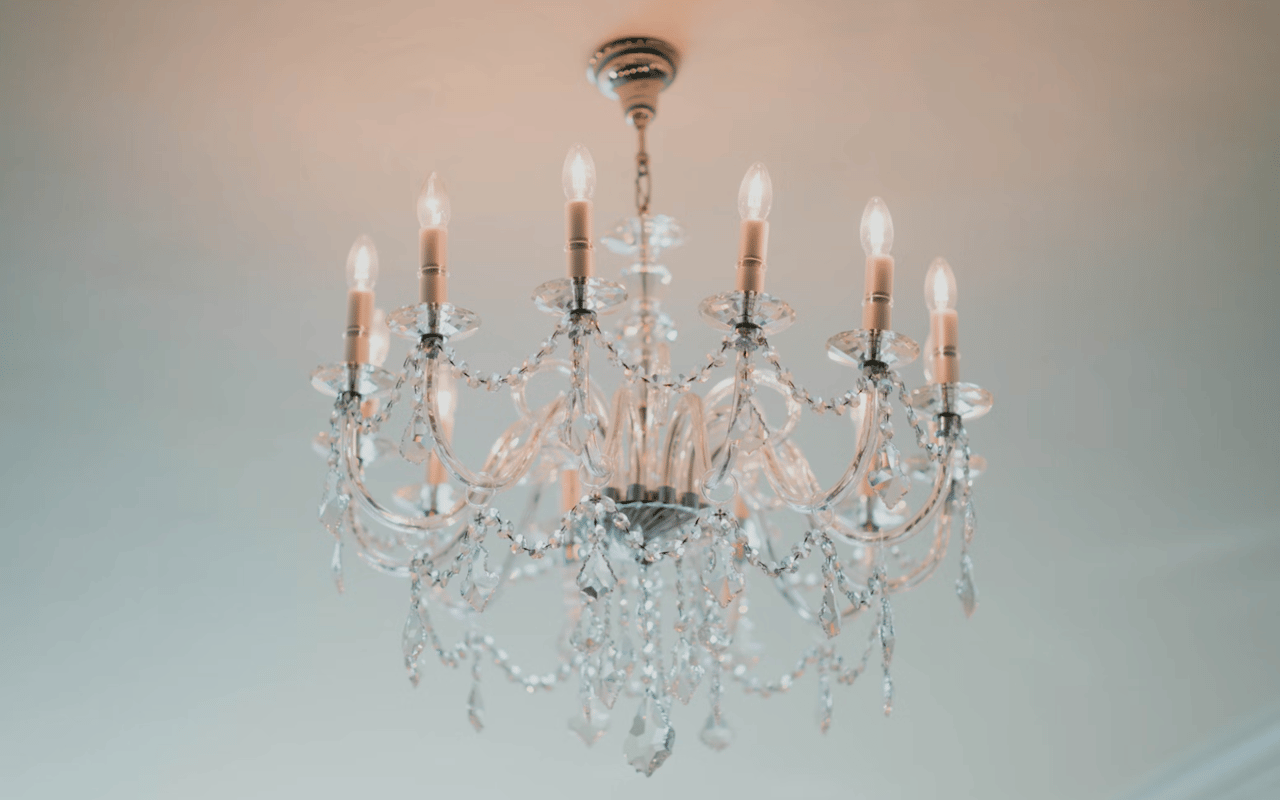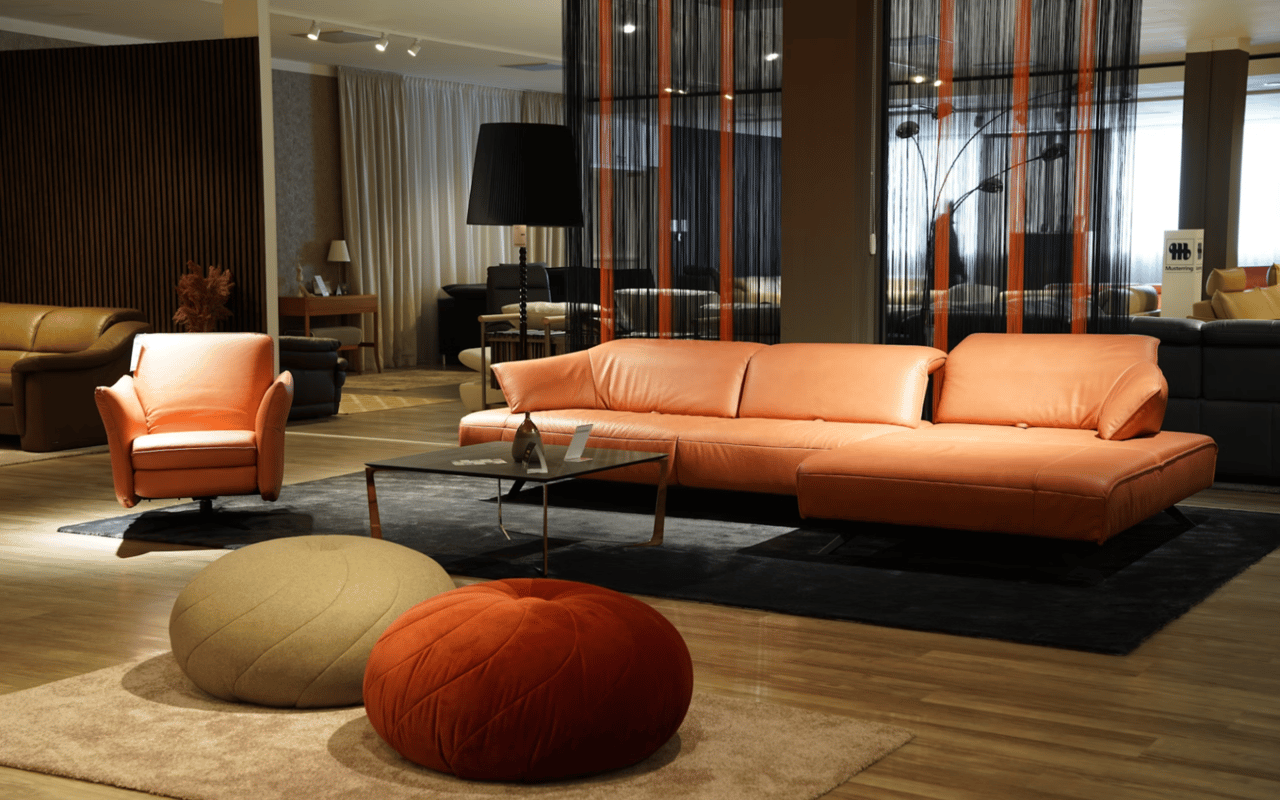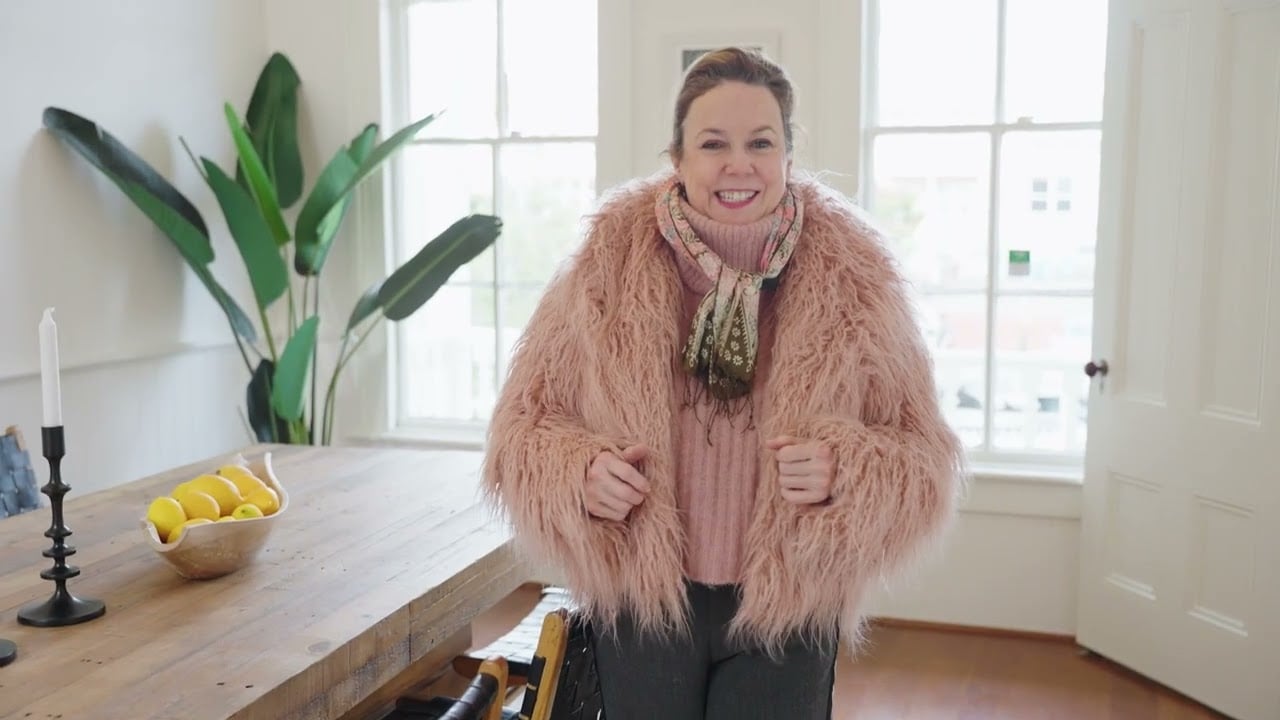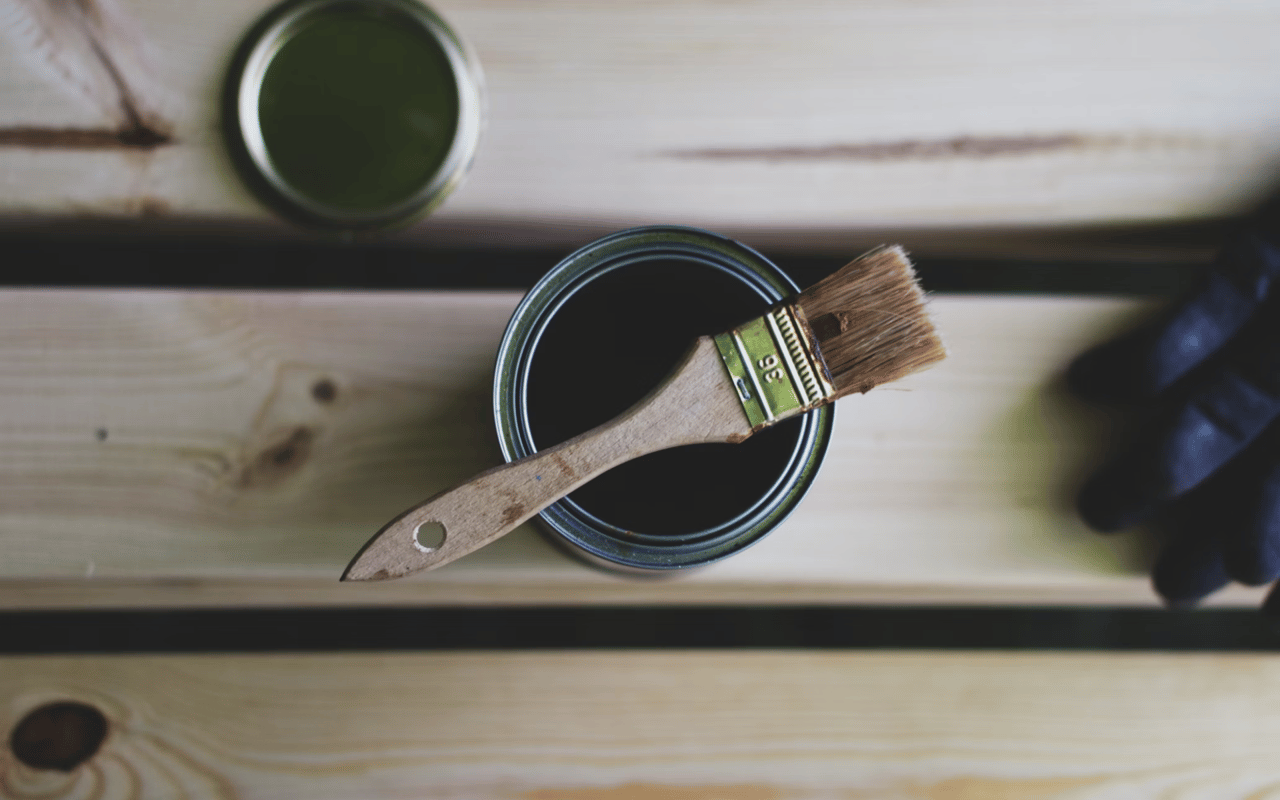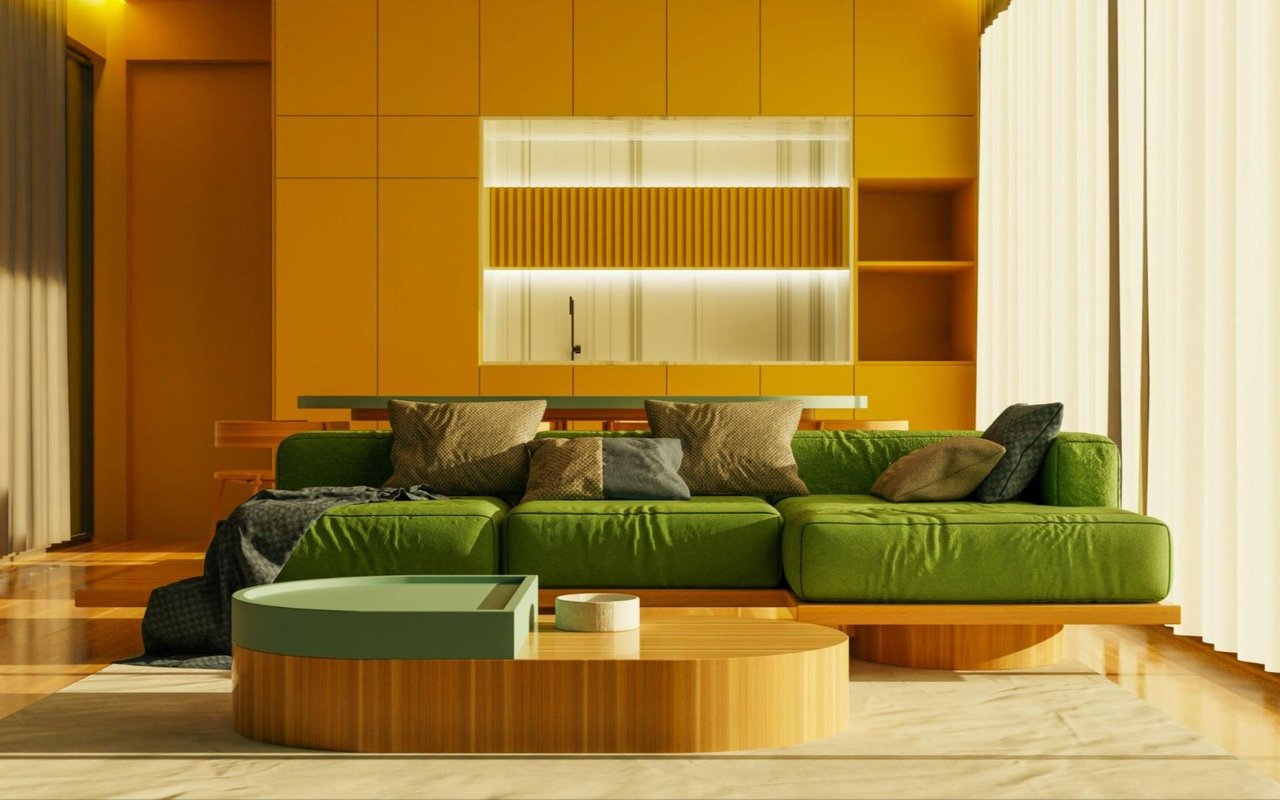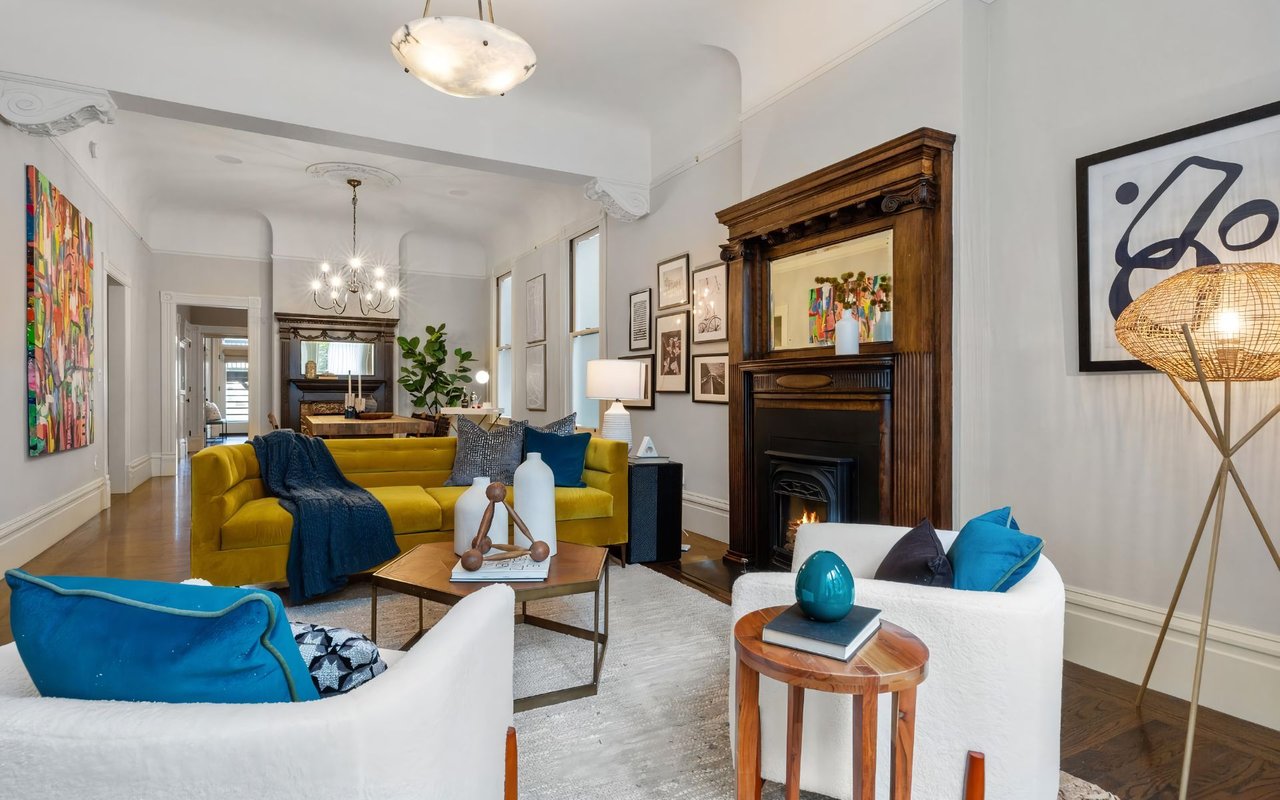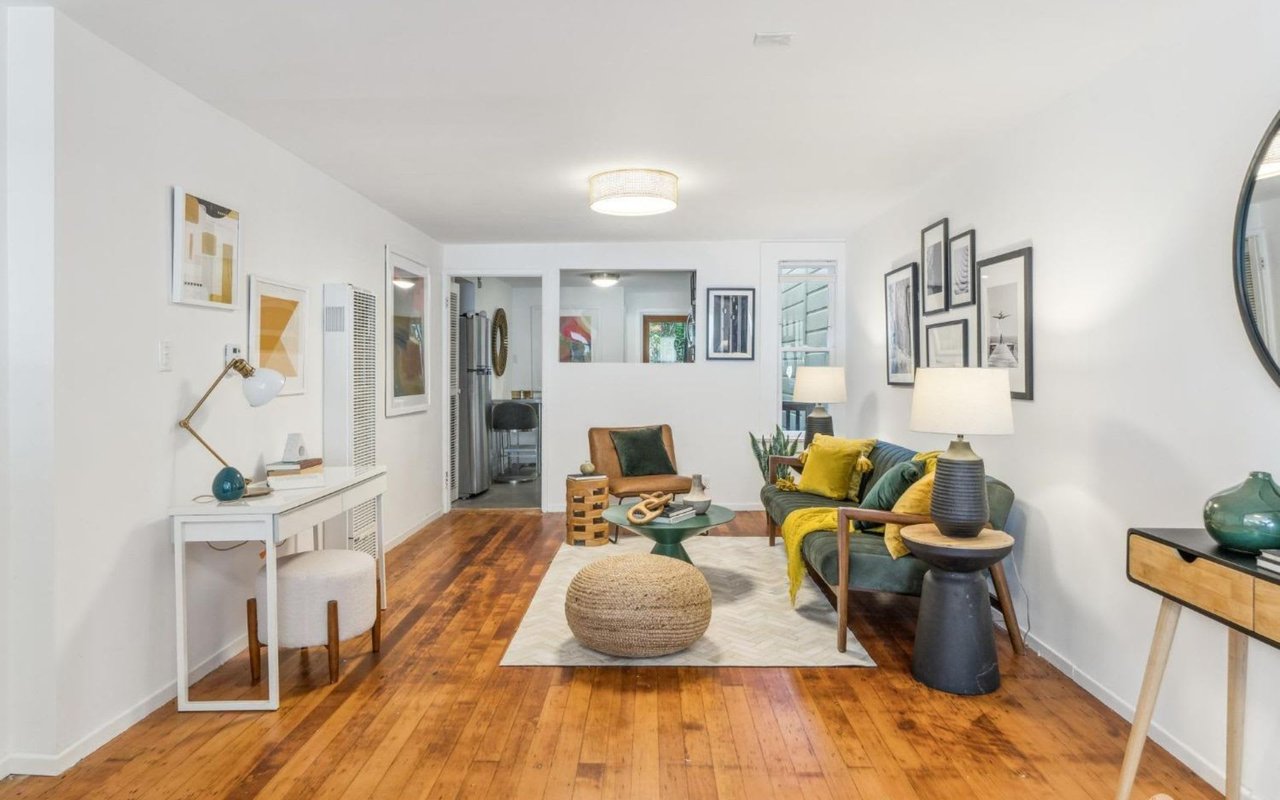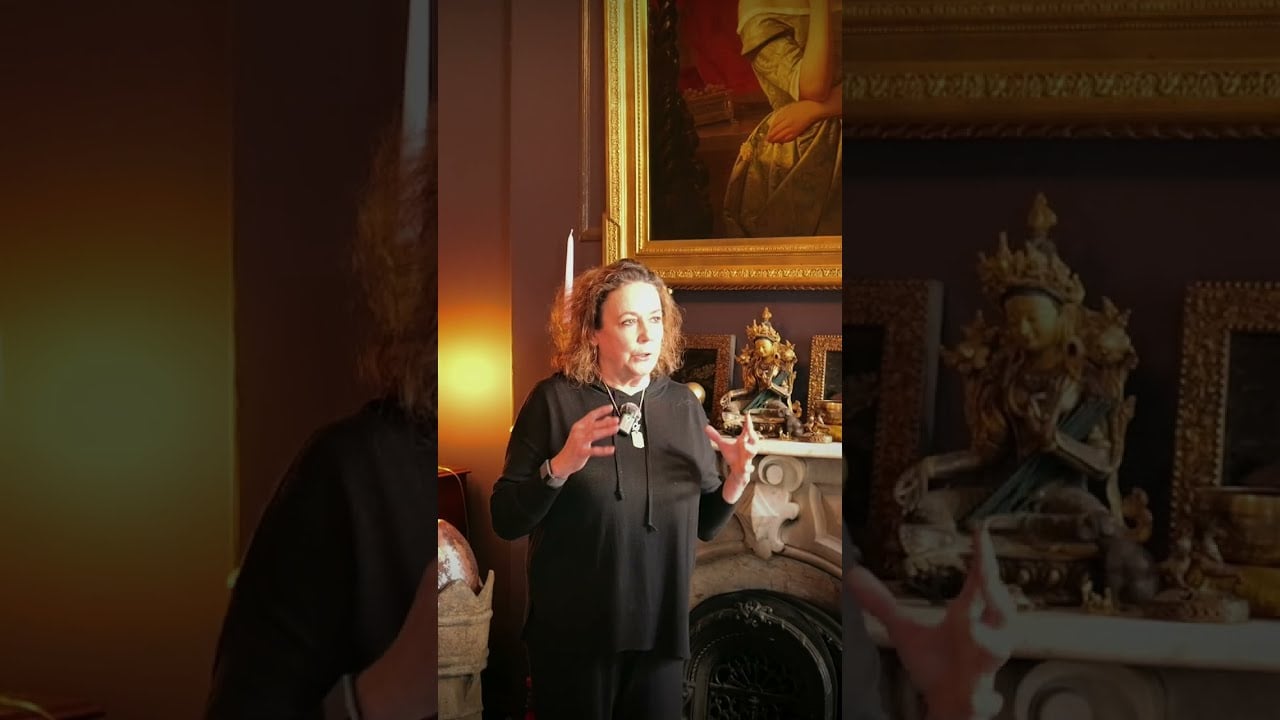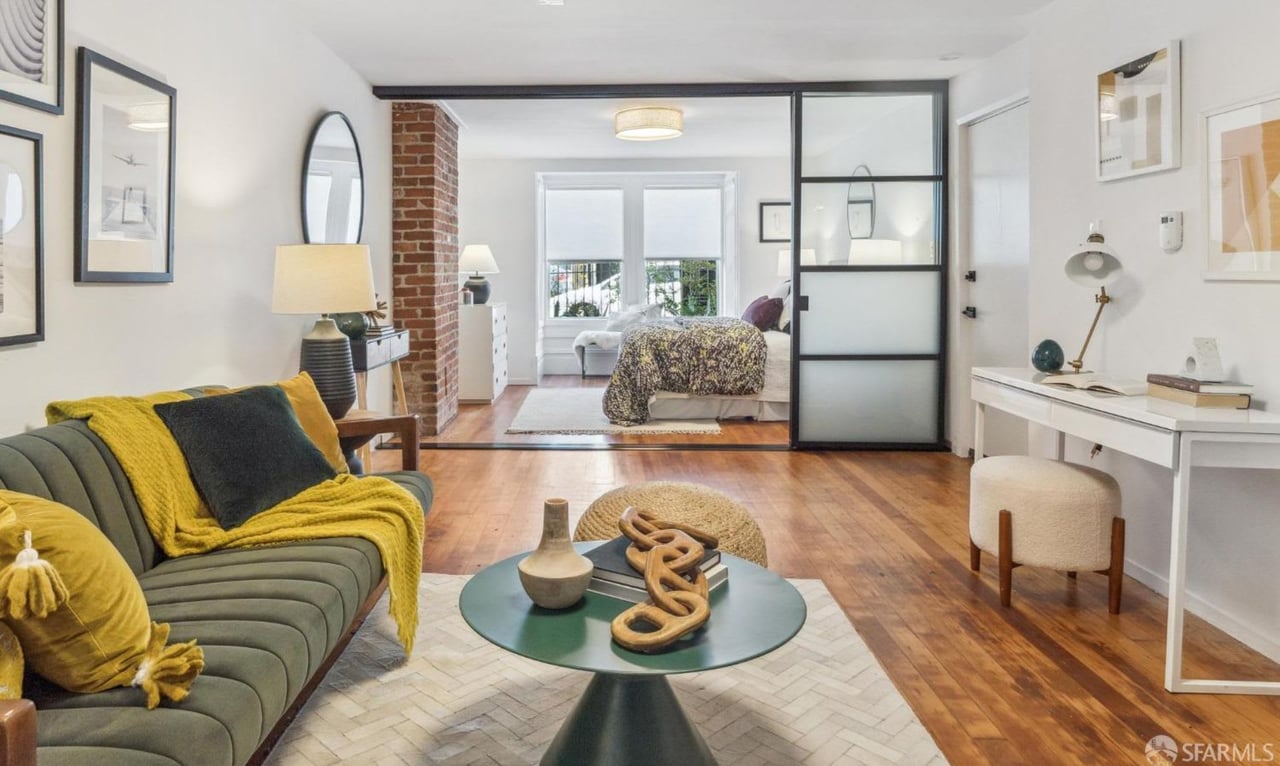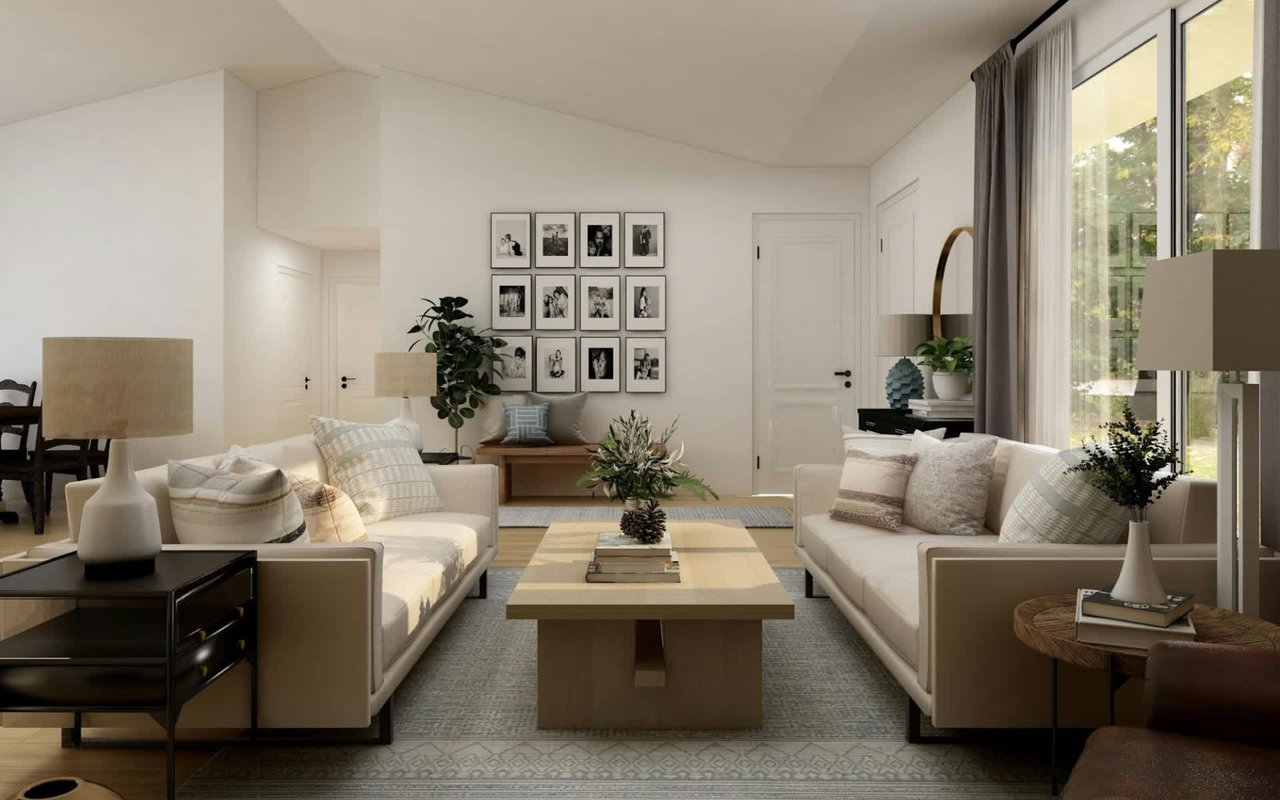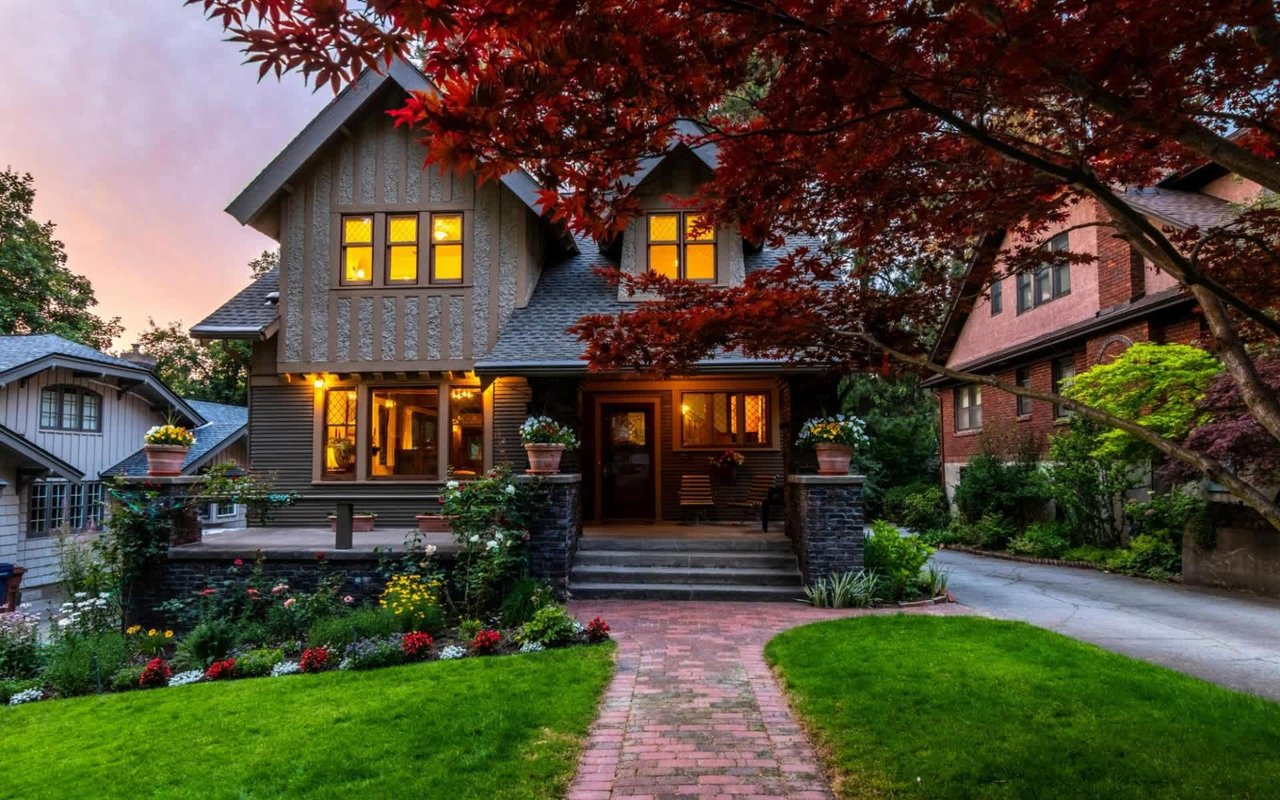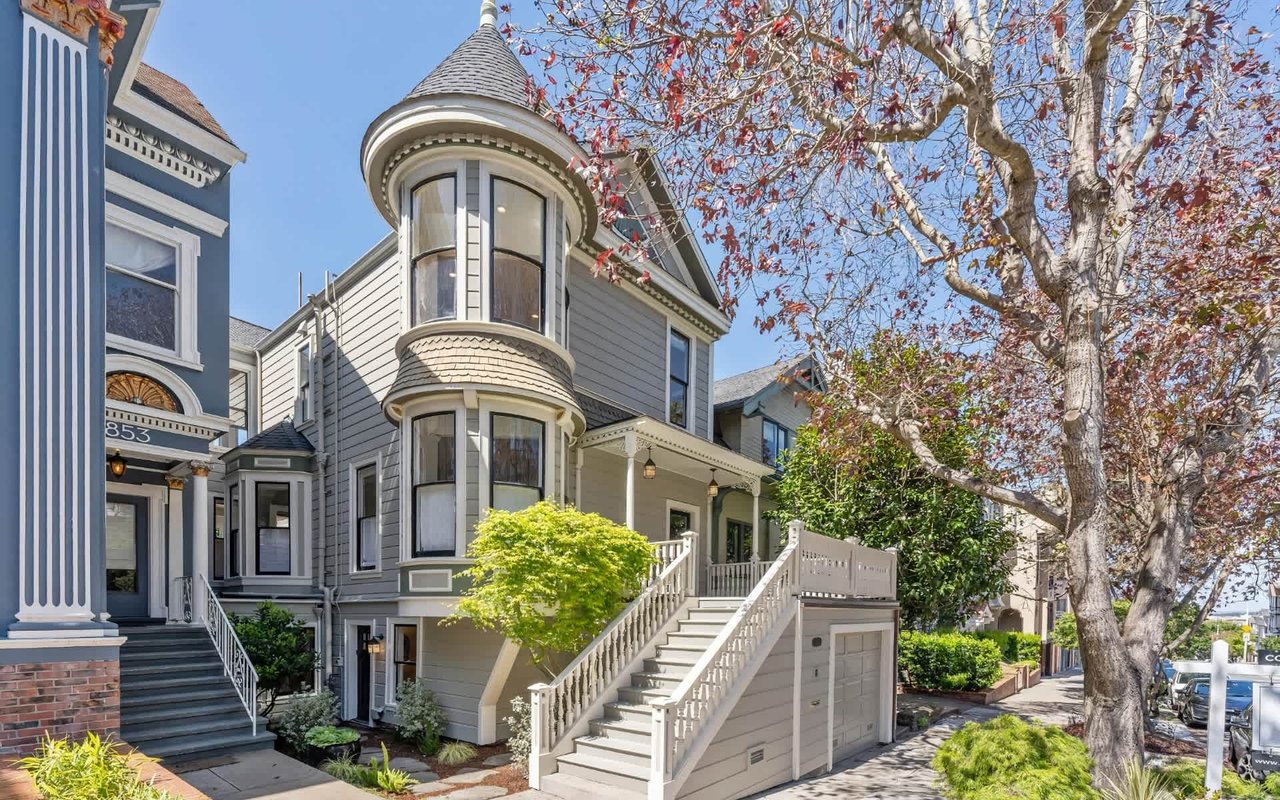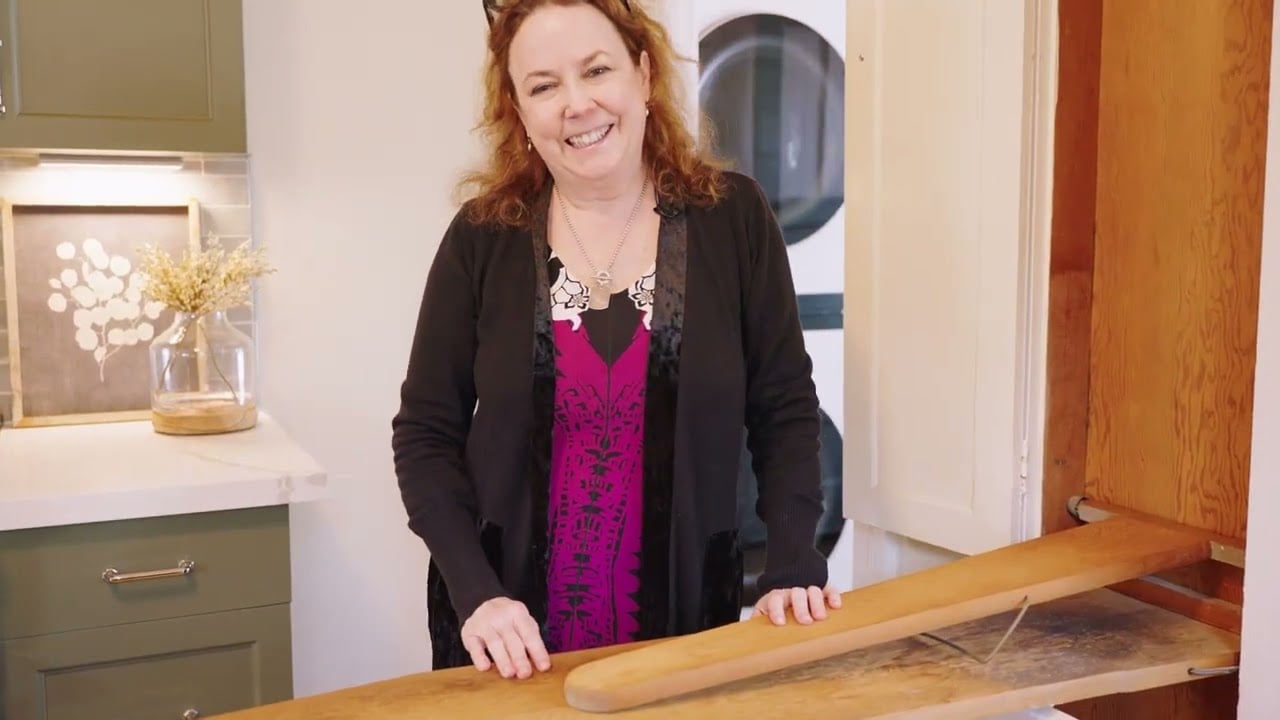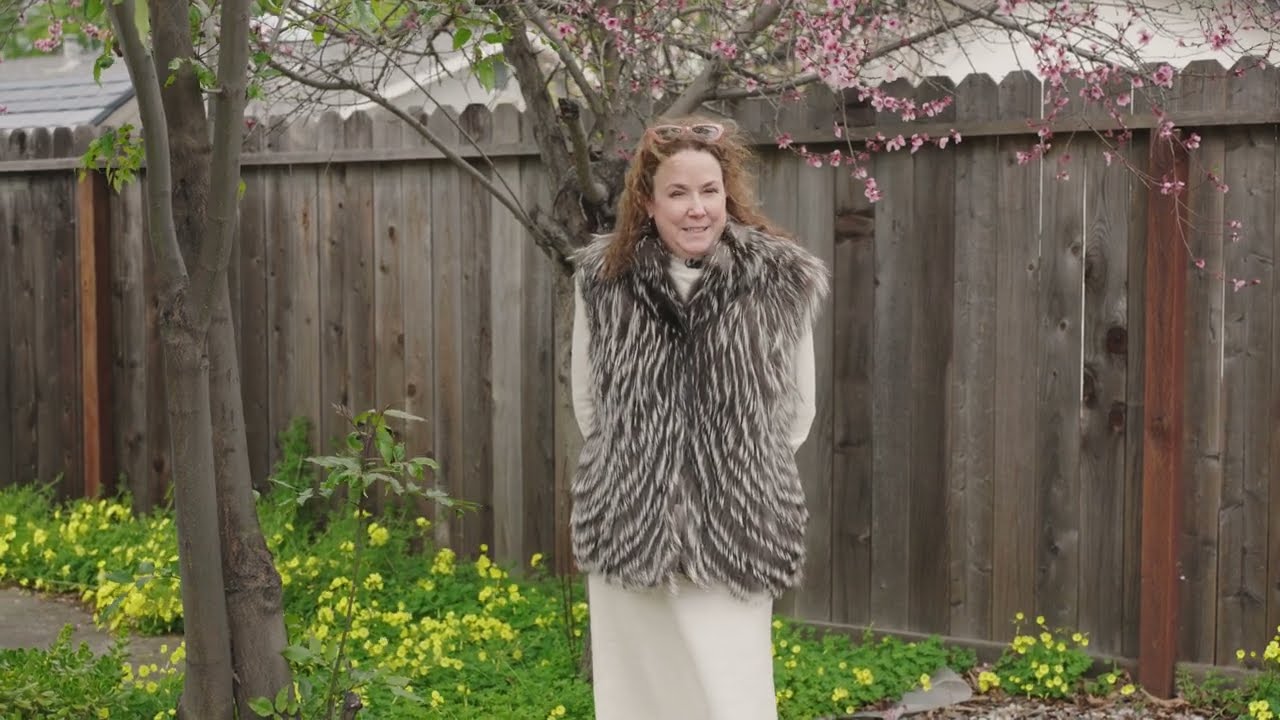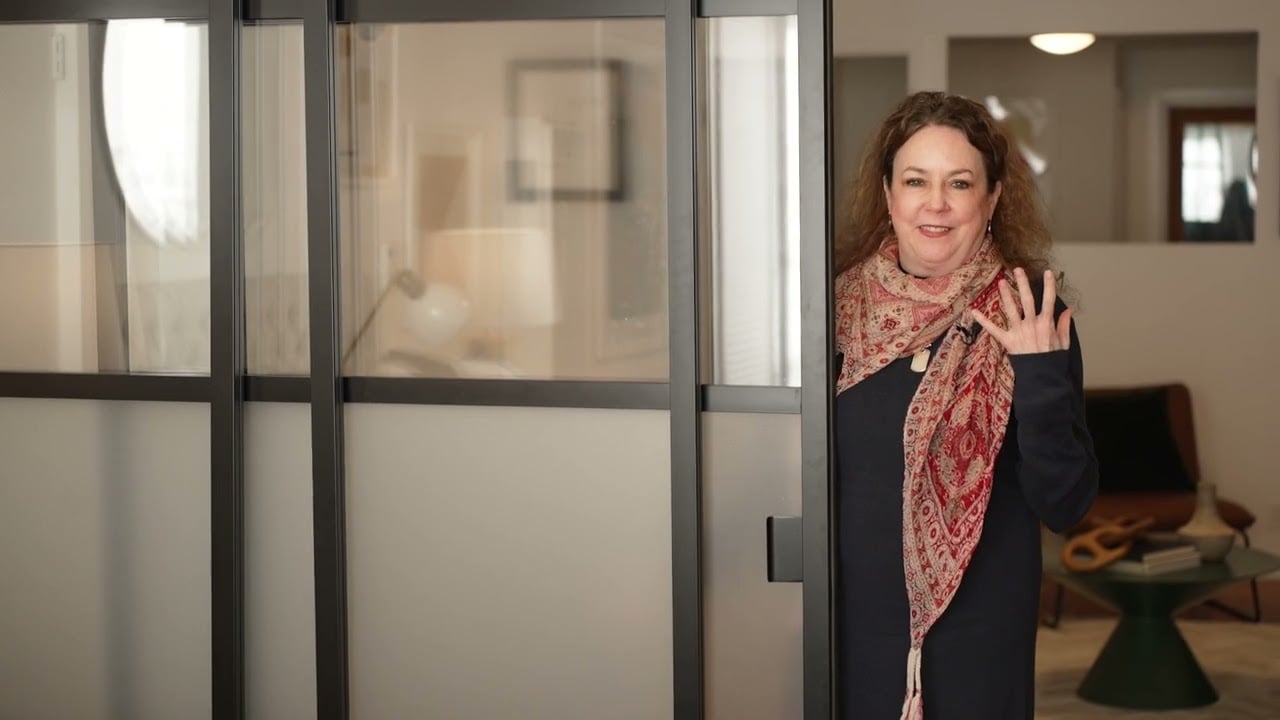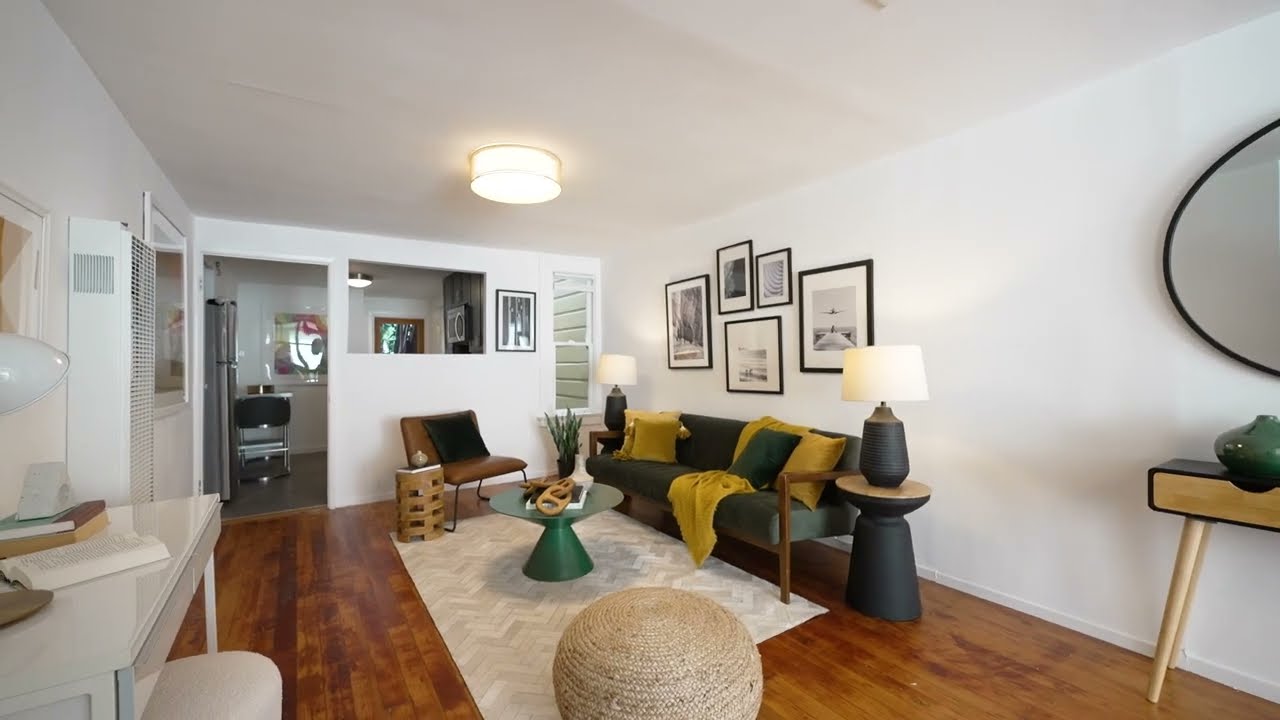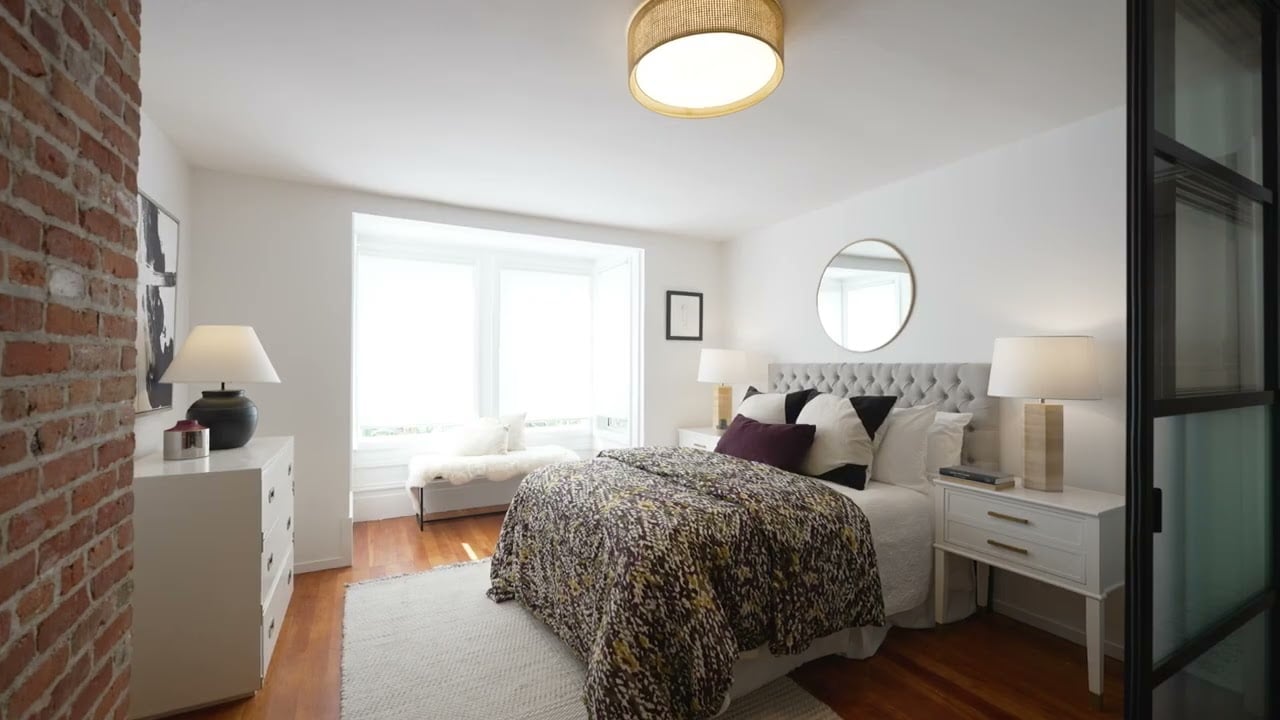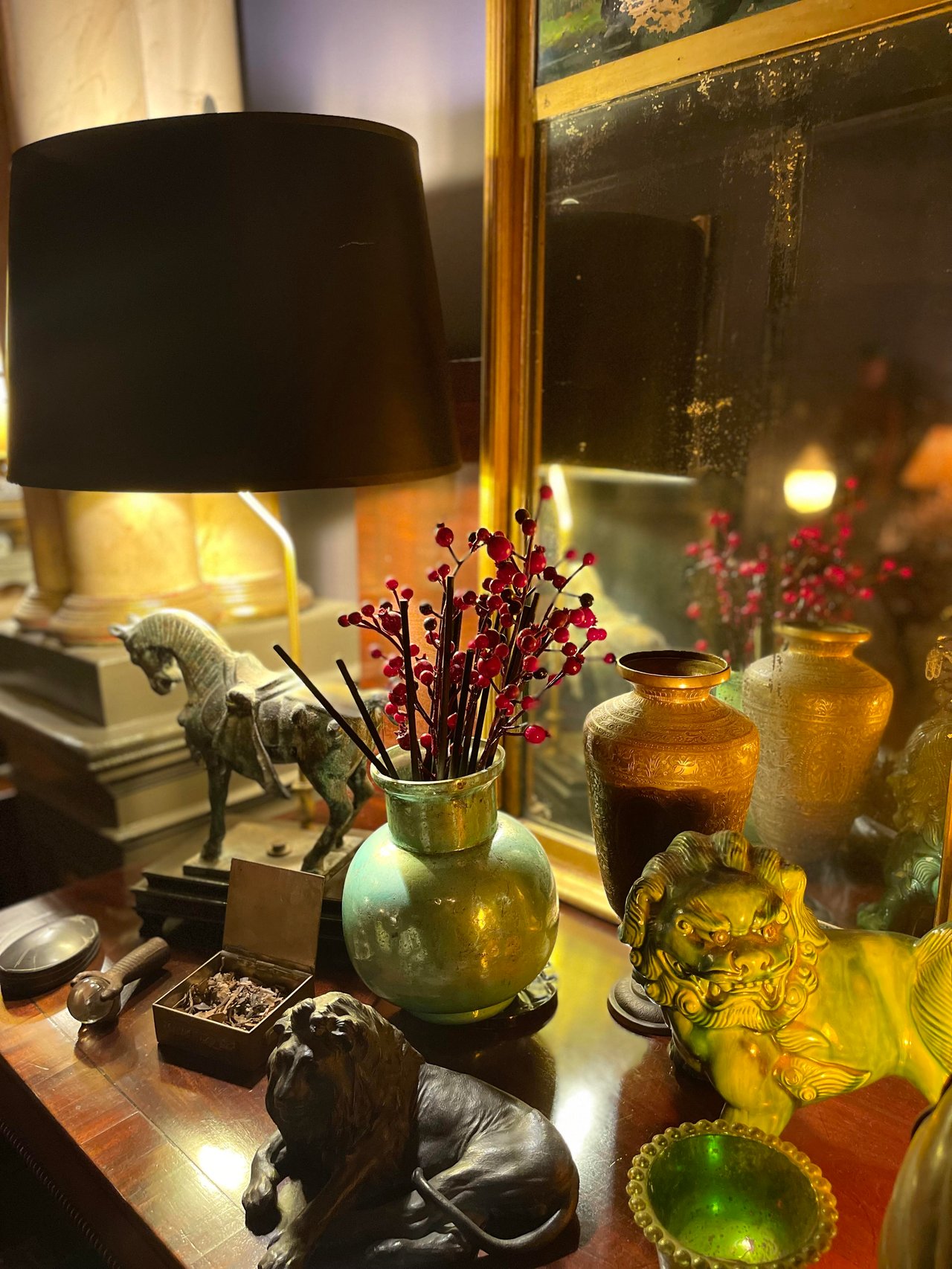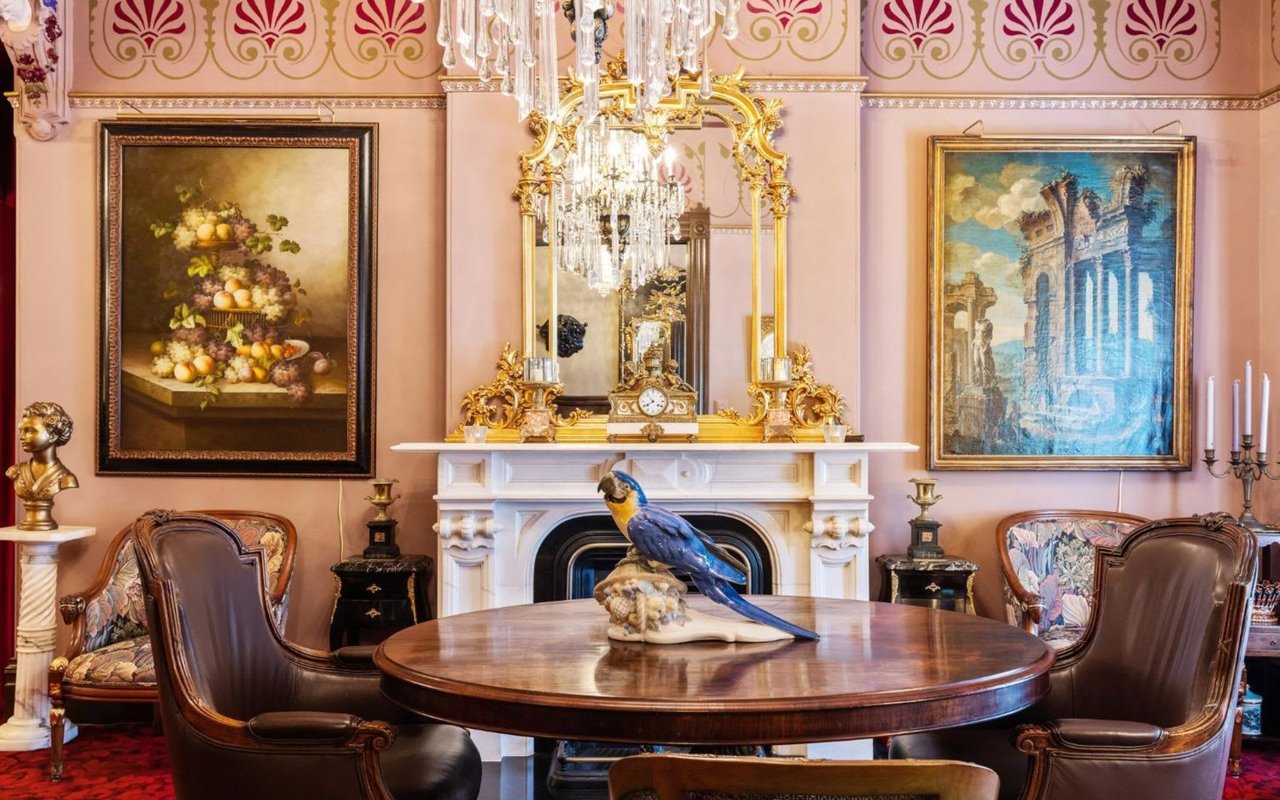Selecting the perfect paint colors is more than just an aesthetic decision; it’s a science. In San Francisco, where architectural styles range from Victorian to modern, choosing the right shades is essential to complement the space and elevate its design. Understanding the principles of color theory can simplify the process and guide you through how to choose colors for a room.
In this guide, we’ll break down the essentials of choosing paint tones, room by room, so your home can shine at its best.
Understanding Color Theory
Before diving into room-specific suggestions, it’s crucial to have a grasp of basic color theory. The color wheel consists of primary, secondary, and tertiary colors, and understanding their relationships can help you create harmonious palettes. For example, complementary colors—those opposite each other on the color wheel—create contrast and energy, while analogous colors, which are next to each other, offer more subtle transitions.
Warm vs. Cool Colors
One key concept is the distinction between warm and cool colors. Warm tones, like reds, yellows, and oranges, can make a room feel cozy and energetic. In contrast, cool colors, like blues, greens, and purples, tend to create a calm and relaxing atmosphere. When choosing colors for a room, understanding this temperature difference can guide you toward the right palette based on the room's function and feel.
Choosing Paint Colors for the Living Room
The living room is the heart of the home, a place where family and friends gather, making it a central point for design. Neutral shades such as beige, taupe, and gray are popular because they create a versatile backdrop for colorful furniture, artwork, and décor to shine. However, adding an accent wall in a bold shade can introduce personality and style without overwhelming the space.
How Lighting Impacts Color
Lighting plays a significant role in how paint colors appear. For living rooms with natural light, cooler tones like soft blues and greens can balance the warmth from sunlight. In rooms with less natural light, opting for warmer hues can help the space feel more inviting.
A great tip for homeowners wondering how to choose colors for a room with varying lighting conditions is to test paint swatches on different walls. Observe how they change throughout the day under natural and artificial light.
Kitchen Colors: Energizing or Calming?
Kitchens are another central gathering spot, and the choice of color can set the tone for the entire space. Traditionally, kitchens favor brighter colors like white, yellow, or light blue because they reflect cleanliness and energy. White remains a top choice for modern kitchens because it makes the room feel larger and more open. However, darker tones like deep green or navy blue are becoming increasingly popular, especially when paired with light countertops and backsplashes.
When choosing colors for a room like the kitchen, consider how you want to feel while preparing meals or entertaining guests. Bright tones promote energy, while muted colors can create a more laid-back, cozy vibe.
Bedroom Colors: Restful Retreats
Bedrooms are personal sanctuaries, and the right color palette can promote relaxation and restful sleep. Soft, cool hues like pale blues, lavender, or even soft grays are excellent choices for creating a calming environment. These colors help lower stress levels and evoke a sense of peace. For those who prefer warmth, soft beige or muted peach tones can maintain tranquility without feeling too cold.
Another idea is to incorporate an accent wall. This can be a more saturated version of your main wall color or a completely different complementary tone. This approach adds depth and dimension to the room without making it feel too busy.
Bathrooms: Light and Clean
Bathrooms benefit from colors that evoke cleanliness and relaxation. Light colors like white, light gray, or soft pastels work well in these spaces. These colors reflect light, making small bathrooms appear larger and more airy. For a modern, spa-like feel, consider pale blues or light greens. These colors are associated with cleanliness and water, making them a natural fit for bathrooms.
For those picking colors for a room with little natural light—such as a bathroom—lighter shades can help compensate for the lack of illumination. They reflect artificial light and create a brighter, more open space.
Home Offices: Focus and Productivity
With more people working from home, choosing the right paint colors for a home office has become increasingly important. Colors can significantly affect productivity and concentration. Soft blues and greens are often recommended for their calming properties, which help reduce stress and promote focus. On the other hand, shades of yellow or orange can stimulate creativity and energy, making them ideal for those in creative fields.
When considering a color for a home office, it’s essential to think about the type of work being done. Cooler colors may help with focus, while warm tones could energize a creative space.
Hallways: Transitions with Style
Often overlooked, hallways are transitional spaces that deserve attention, too. These areas typically have less natural light, so light, neutral colors work best. Soft grays or light beige tones are ideal for hallways, as they can connect different rooms while maintaining a sense of continuity. If you want to add more personality, consider a subtle textured wall or wallpaper in a muted pattern.
Hallways are also great spaces for experimenting with color, as they won’t overwhelm the senses. For those who prefer bold colors, rich tones like deep teal or mustard can be used sparingly, creating a dramatic but stylish transition between rooms.
Learn More with Bonnie Spindler
When it comes to painting your home or preparing it for sale, consulting an expert can make all the difference. Contact Bonnie Spindler for personalized advice and professional insights on choosing room colors that align with your home’s architecture and style. Reach out to Bonnie Spindler to begin your journey today.


